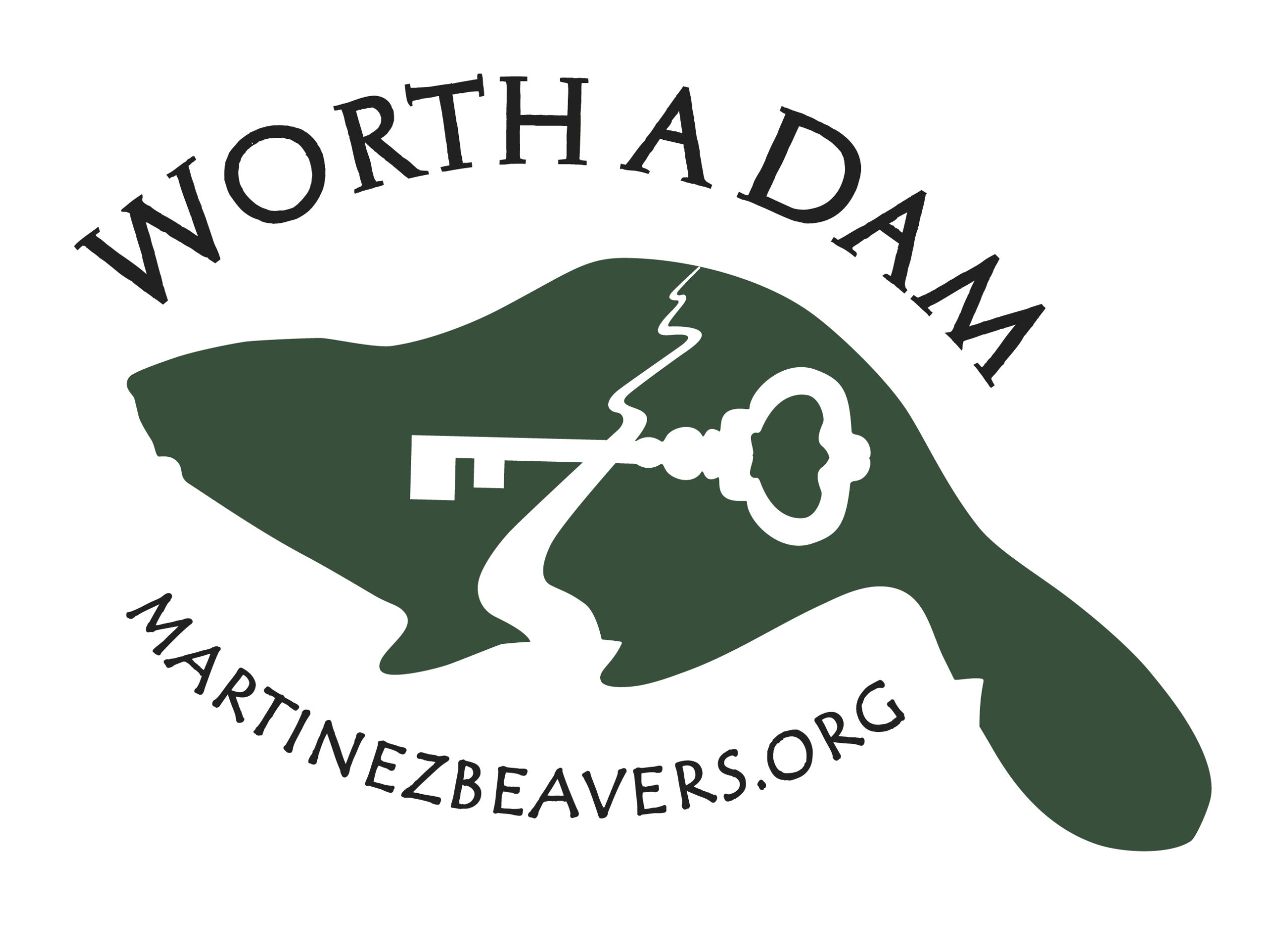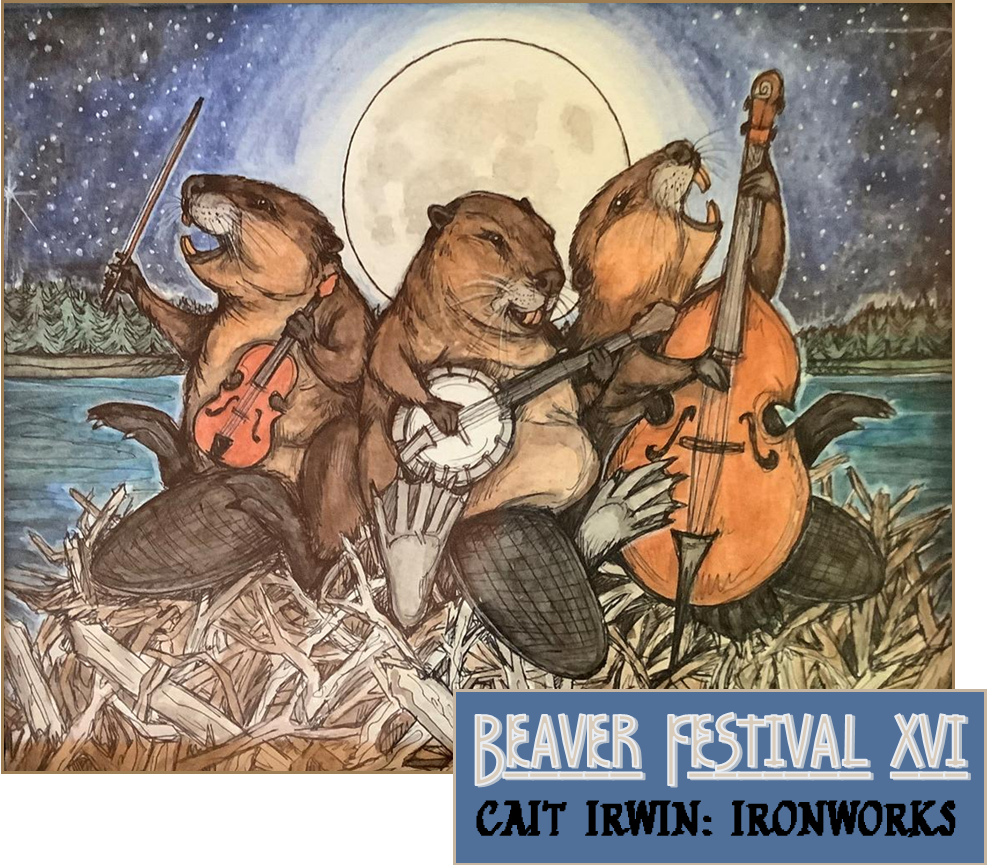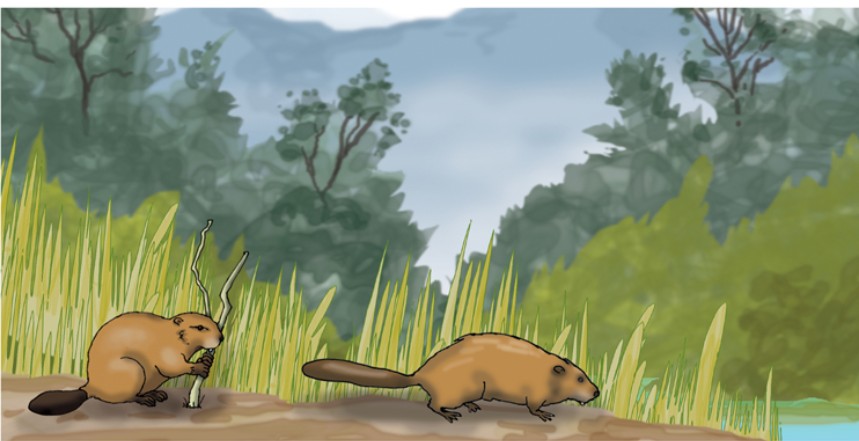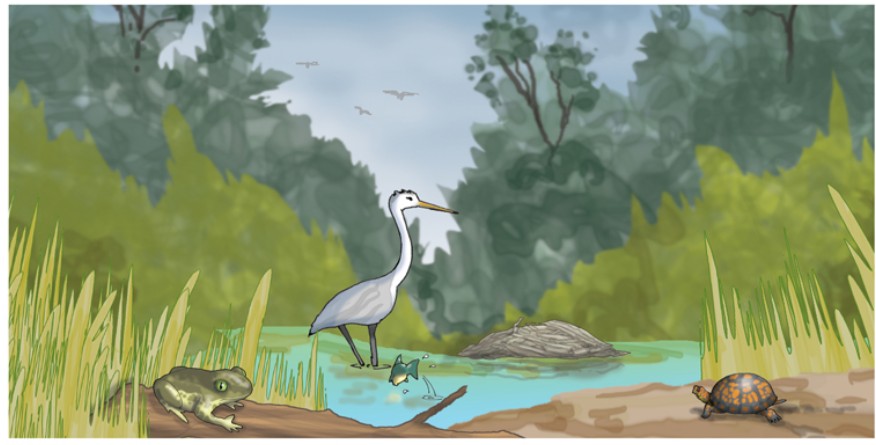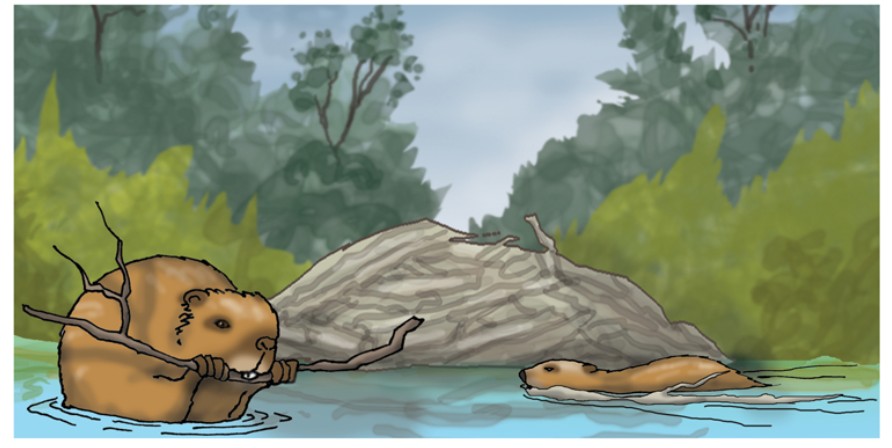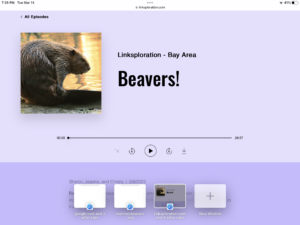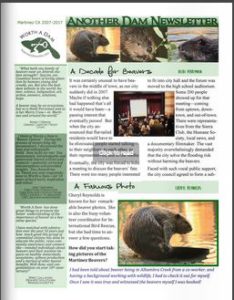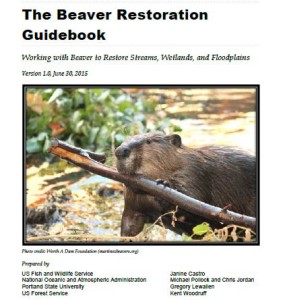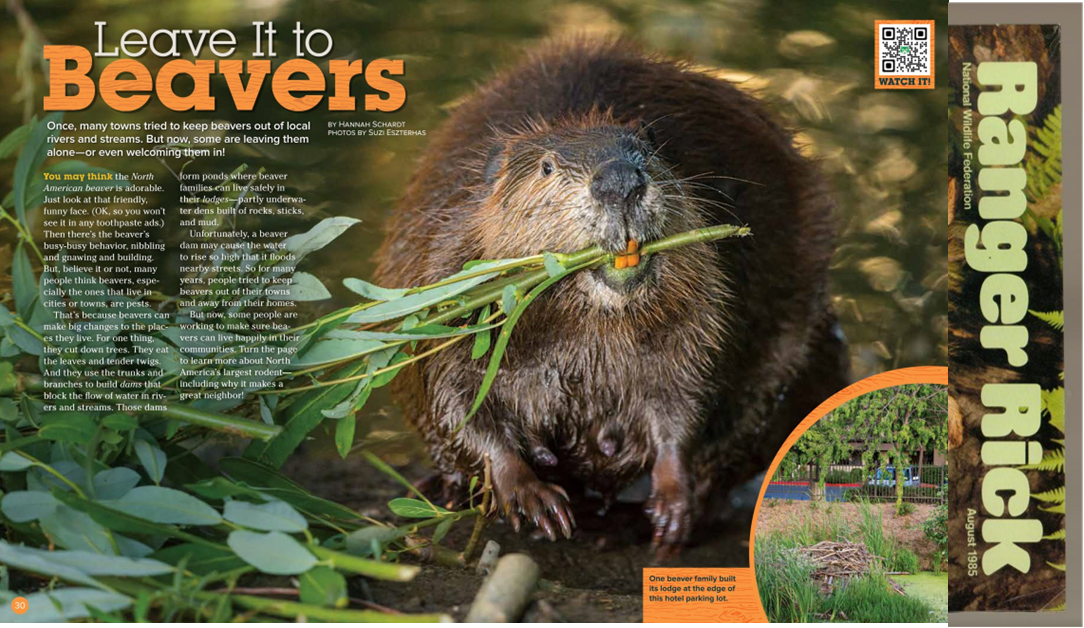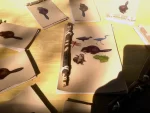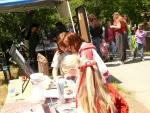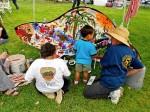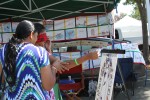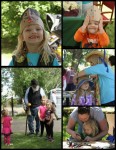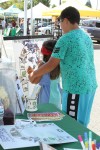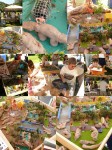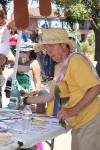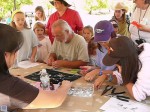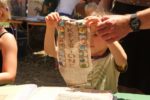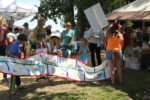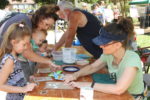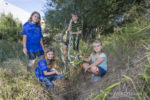Reading this beaver-forlorn article brought me back to the days of wonder we once embraced in Martinez. The author is a great observer and naturalist, but he hasn’t yet learned that the secret way to speak with USDA is to say “There are no more beavers around here.”
Sheesh!
First I saw the tooth marks. Walking at the Montrose Beach Dunes one morning in November 2020, I noticed some tree stumps clustered along the edge of Lake Michigan. A foot or so above the muddy sand, each came to a rough-hewed point, like the end of a pencil sharpened with a knife. Inch-square wood chips were scattered nearby. Surely, I thought, this must be the work of beavers. I imagined the big rodents spitting out those chunks as they gnawed through the trunks, knocking down these willows and hauling them away. But where had the beavers gone?
During that pandemic year, I’d been spending more time watching the city’s wildlife. But I’d never seen beavers outside of a zoo. And I didn’t know much about them. I soon learned that they construct their homes out of branches and mud. These lodges are often located on the bank of a pond, with an underwater entrance. Gazing around the Montrose Beach Dunes — best known as a summer nesting ground for those beloved piping plovers — I didn’t see anything that looked like a lodge.
After a few months of fruitless hunting, I received a tip on Twitter from a fisherman with the username @mrbigstevo. He said he’d often seen a beaver swimming at 3 or 4 a.m. along the walls of Montrose Harbor — half a mile from the dunes where I’d been looking. The animal “would hop out and go back into the golf course over there,” Mr. Big Stevo told me, referring to the nearby Sydney R. Marovitz Golf Course.
Uh oh. Beavers and golf courses: A story that never ends well.
I grew concerned that the city wouldn’t take kindly to the destruction of so many trees. And then, one morning in June 2023, I saw something large and furry drifting in the lake near the pier. It looked an awful lot like a dead beaver. While puzzling over how it might have died, I thought about the other beaver. Was it alone now? Would it feel sad when its friend didn’t show up at the lodge? But over the coming months, other people told me they were seeing at least three beavers, including one or two that looked smaller. Were these the offspring of the beaver that had died? I couldn’t be sure. I finally witnessed a trio with my own eyes on Christmas morning: splashing and munching together in the golf course pond. But their residency was coming to an end.
Stephen Boisvert, another birder I’d met on my walks, sent me a message in January 2024: He’d seen a government van parked near the pond. A man was rooting around in the icy water next to the beavers’ lodge. When I stopped by later, a sign was posted: “Mechanical devices have been placed in the water to capture animals causing damage. These devices and the animals captured in them are property of the United States Government.”
Conibear traps? I’m assuming that there is only one kind of removal performed by USDA. The final removal.
When I was a grad student one of my teachers talked about some ant research he had done that involved controlling there ant went and could smell food. When ants were removed his report said they were “Aspirated” from the area. That meant he took an eyedropper and squeezed the top to make suction and SUCKED the ants into the tube.
These beavers were “aspirated” from the area.
I emailed the agency listed on the sign, Wildlife Services, which is part of the U.S. Department of Agriculture. Spokesperson Tanya Espinosa confirmed that the feds were working to evict the beavers on behalf of the Chicago Park District, which issued a statement in response to my inquiries: “In rare instances, the presence of certain species can have an incongruous effect on park operations requiring the District to take steps toward removal.” Mangled trees weren’t the only “incongruous effect.” Officials were also worried about the beavers’ digging at their lodge. “Burrowing into a bank can cause erosion of the shoreline,” Espinosa told me, explaining that this could cause the pond’s bank to collapse, damaging the nearby fence and gravel path.
She said her agency had trapped 12 beavers at various Chicago Park District sites over the previous two years. In most cases, she said, Wildlife Services “lethally removed” the animals. Instead of killing them, why not move them somewhere else? Espinosa said that beavers are difficult to relocate, because a growing population already occupies so much of the suitable habitat in Illinois — and those animals will defend their turf against interlopers from Chicago.
That warning sign at the pond disappeared after several days. A week later, I spotted a beaver swimming. I exulted: It got away! When I asked Espinosa what happened, she replied: “We conducted trapping operations for a week but took the trap down when we were unable to trap the beavers.” I passed this news along to Boisvert, who cracked, “City beavers are no dummies.” But my relief was short-lived. Trapping soon resumed.
SHHHHH! Never, Never NEVER tell USDA that they failed to trap the beavers. Tell them they did a GREAT job and all the beavers are gone. Long Gone. All the trees are safe and peace has been restored to the golf course.
USDA is the Marshall McGrew of the animal kingdom. They ALWAYS get their man. Er. Rodent.
In spite of my fears that all the beavers might be exterminated, a spokesperson for the park district, Michele Lemons. later told me that two were relocated. “There was an adult male and a juvenile, sex unknown,” she added. The third beaver I’d glimpsed must have escaped, but its whereabouts now are a mystery. I haven’t seen any beavers in that vicinity since the trapping restarted.
Yeah yeah yeah, I’m sure they went to live on the farm. Great story,
Was it really necessary to remove the beavers of Montrose Harbor? Elsewhere in Chicago, including Lincoln Park’s South Pond, humans and beavers have settled into a more peaceful coexistence. “They’re difficult to manage, but not impossible,” Lehrer says, explaining the zoo’s efforts to let beavers live alongside the pond’s Nature Boardwalk. “We’ve caged all of the trees that are valuable to us: established old trees and ones that would not regenerate quickly. We haven’t lost any valuable trees for several years now.”
Around sunrise one day at South Pond, I heard people excitedly discussing the beavers they’d seen on their walks. And I spied one in the water, nibbling on some greens, just a few feet from me. When my camera clicked, the beaver thwacked its tail against the water and disappeared into the depths. I got the message loud and clear: Danger! Human!
Was it really necessary? Of course not. There are lots of ways to live along side beavers. And lots of reasons to try it. Just ask Martinez.
You could have had your first beaver festival this year, We are having our sixteenth.

